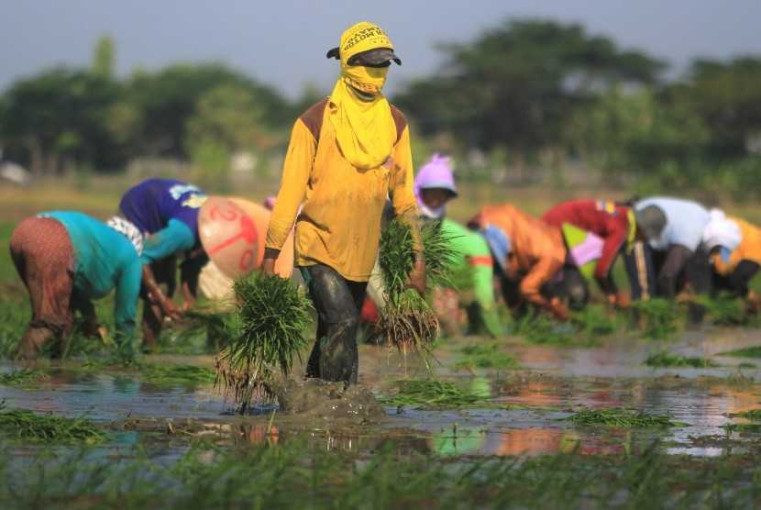
May 1 is commemorated as International Labor Day. Ceremonies and activities take place in most cities around the world.
Some labor groups commemorate it by conducting collective ceremonies and social activities, and many of them participate in demonstrations related to concerns about laborers’ fate, including aspiration speeches at the National Palace of Indonesia today.
From various activities and ceremonies, it is hoped that the Labor Day commemoration will serve as momentum to change the fate of laborers worldwide, which is still not in their favor.
“They have not yet decent lives as expected. Insufficient income forces them to live as they are. The hard work they do is not balanced with a decent standard of living as citizens,” said Dr. Bayu Dwi Apri Nugroho at the UGM campus on Wednesday (May 1) in an interview.
As an expert and observer in agriculture, agrometeorology, environmental science, and climate change, he stated that among the many laborers in Indonesia, the status and fate of agricultural laborers are sometimes forgotten.
They are overlooked, even concerning their status, as they have yet to be officially recognized as laborers in labor regulations.
For example, these agricultural laborers do not have a precise regional minimum wage (UMR). They work hard in the fields and only receive wages based on agreements with landowners. They also lack assurance of continuous employment.
“They may work during planting season, but they may not work afterward because everything depends on landowners,” he said.
The status of agricultural laborers is the lowest in the farming world’s hierarchy. Agricultural laborers are not landowners (wealthy farmers). They are also not farmers because they only work or perform labor on land that is not theirs.
“Their profession is also not that of a farmer. The phenomenon of agricultural laborers is not something new or sudden; it is a portrait or depiction that exists in society, especially in rural areas,” he explained.
Dr. Nugroho explained that relatively low levels of education characterize these agricultural laborers. Many have not received formal education, and their precarious economic condition is another characteristic.
Economic conditions for agricultural laborers are generally dire compared to those working in non-agricultural sectors (industry, factories, or shops).
“Again, agricultural labor is temporary, uncertain, without a work contract, and does not guarantee long-term continuity. This type of labor is also conditional and time-bound, depending heavily on the needs or desires of farmers or landowners who want to use their services,” he clarified.
Furthermore, Dr. Nugroho mentioned that farmers are one of the livelihoods whose main characteristic is measured by the agricultural land they cultivate.
Farmer typology from various references can also be categorized into four major groups: wealthy farmers (>2 hectares), small farmers (1-2 hectares), marginal farmers (<1 hectare), and agricultural laborers (those who do not own land).
Meanwhile, agricultural laborers live by labor, and most of their income is also derived from laboring; thus, it is reasonable that their income is meager and far from adequate.
With such conditions, agricultural laborers become one of the largest contributors to rural poverty. Therefore, they must be observed and defended for changes and improvements in their welfare.
“It needs to be considered how agricultural laborers are accommodated in labor regulations. It’s fortunate if there’s a clear wage standard like UMR because, in any case, agricultural laborers are also part of Indonesia, so defending agricultural laborers should be the same as defending other laborers in non-agricultural sectors,” he said.
“Hopefully, International Labor Day will become momentum for changing the fate of laborers globally, including in Indonesia.”
Author: Agung Nugroho
Photo: Koran Jakarta.com

